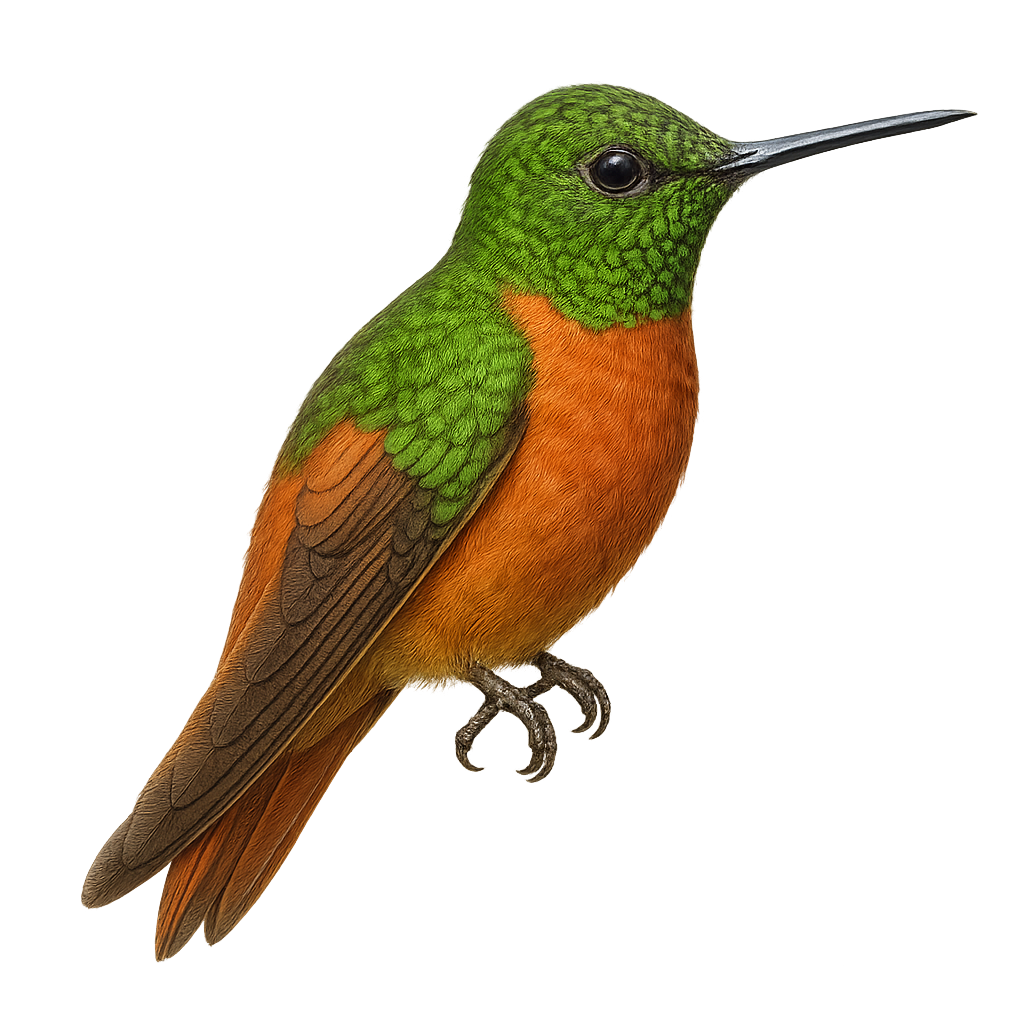Your wildlife photography guide.
Explore the velvet-purple coronet in detail, study its behavior, prepare your shots.
Where to observe and photograph the velvet-purple coronet in the wild
Learn where and when to spot the velvet-purple coronet in the wild, how to identify the species based on distinctive features, and what natural environments it inhabits. The WildlifePhotographer app offers tailored photography tips that reflect the velvet-purple coronet’s behavior, helping you capture better wildlife images. Explore the full species profile for key information including description, habitat, active periods, and approach techniques.
Velvet-purple Coronet
Scientific name: Boissonneaua matthewsii

IUCN Status: Least Concern
Family: TROCHILIDAE
Group: Birds
Sensitivity to human approach: Suspicious
Minimum approach distance: 5 m
Courtship display: January to March
Incubation: 15-17 jours
Hatchings: January to April
Habitat:
Humid forests, cloud forests, forest edges
Activity period :
Primarily active during the day, with peak activity in the morning and late afternoon.
Identification and description:
The Velvet-purple Coronet is a fascinating hummingbird, primarily found in the humid forests of the Andes. This small bird boasts a striking plumage with shades of purple and blue that captivate the eye. Known for its rapid flight and agile movements, it primarily feeds on nectar, which it extracts with precision using its long, slender beak. Males and females display similar colors, although males often have more vibrant hues. This hummingbird plays a crucial role in pollinating local plants, thus contributing to the biodiversity of its habitat. Despite its beauty, it can be challenging to observe due to its wary nature and dense habitat.
Recommended lens:
400 mm – adjust based on distance, desired framing (portrait or habitat), and approach conditions.
Photography tips:
To photograph the Velvet-purple Coronet, focus on areas with abundant flowers, as these birds often visit them to feed. Use a 400mm or longer lens to capture detailed images from a distance without disturbing them. Be patient and wait for them to briefly perch on a branch or flower. The natural light of the morning or afternoon is ideal to highlight the vibrant colors of their plumage. Stay discreet and avoid sudden movements to prevent scaring them away.
From knowledge to field practice
A species profile helps you understand an animal. In the field, the challenge is often different. Remembering your own observations.
The WildlifePhotographer app allows you to:
• record your personal observations
• note locations, dates, and behaviors
• revisit your field references over time
• build a private and long-term field logbook
The app does not provide observation locations.
It helps you organize what you actually observe, with respect for wildlife.

